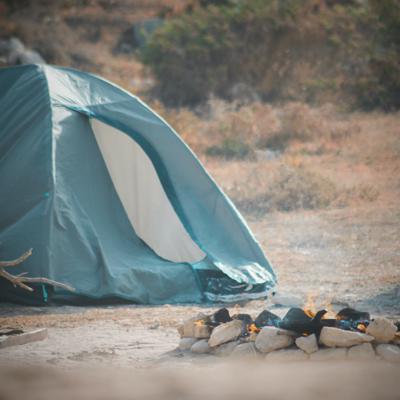
Terumah - The Mishkan
Parshas Truma details the instructions for building the mishkan, the Tabernacle. The Ramban, in his introduction to Sefer Shmos, famously describes the sefer as the process of the Jewish nation transitioning from galus, a physical and spiritual exile, to a redemptive homecoming, not physically, (as they didn’t enter Eretz Yisrael in Sefer Shmos,) but spiritually, when they returned to the status of their forefathers, the Avos and Imahos who were intimately connected to Hashem. The geulah, redemption, didn’t end when the nation left Egypt, but rather culminated with the completion of the Mishkan when Hashem dwelled amongst them the same way He had dwelled in the homes of the Avos and Imahos. In other words, the ultimate geulah, the highlight of the redemption, is when we built a structure which replicated the homes of the Avos and Imahos. With the building of the Mishkan in this Sefer, the Jewish people began to recreate the holiness of the first Jewish homes. You might think that this isn’t relevant to our lives. After all, our homes are surely a far cry from the homes of Sara, Rivka, Rachel and Leah! But the Passuk in Parshas Trumah says: “v’asu li mikdash v’shachanti b’socham”, “and they should make for me a mikdash, and I will dwell among them.” Why does it say “and they should” instead of “and you will make me a mikdash and I will dwell among you?” Who is the “them” Hashem is talking about? The Alshich and Malbim among others say, this is a directive for all Jews for all times. It isn’t simply a mitzvah for the generation in the wilderness to build a Mishkan, it is a directive for each of us to create within ourselves and our homes a place where Hashem can dwell, and then “vshachanti b’socham” Hashem promises, “I will dwell in each of their hearts and homes for all time”. We can take this even one step further with the Avnei Eizel, Rav Alexander Zusha Friedman. He says that to the extent that a Jew sanctifies his daily routines and household activities, and thereby leads to Hashem’s presence in his home, in that same measure the sanctity and Divine Presence increases in the Bais HaMikdash. “Kedushas HaMikdash tluyah b’kdusha hashruya b’vatei Yisrael”. The sanctity of the Bais HaMikdash is dependent on the sanctity of Jewish homes. In other words, by building homes of holiness, we are directly contributing to the arrival of the third Bais HaMikdash. What a beautiful message about our role building our homes and simultaneously laying the path to bring Mashiach!
0 comments